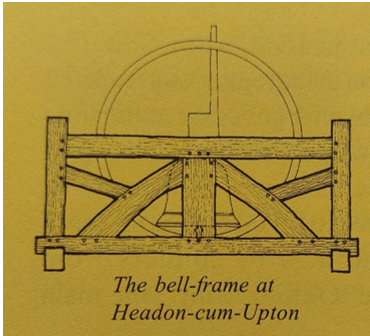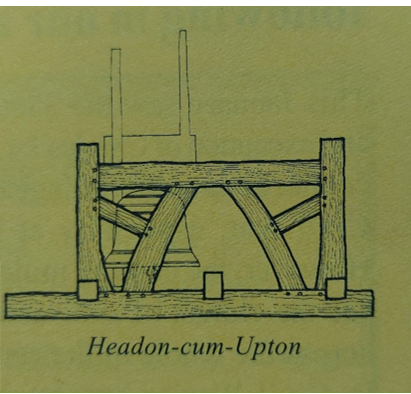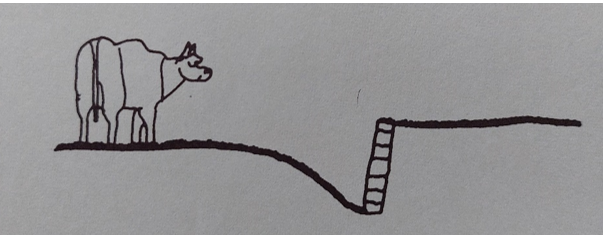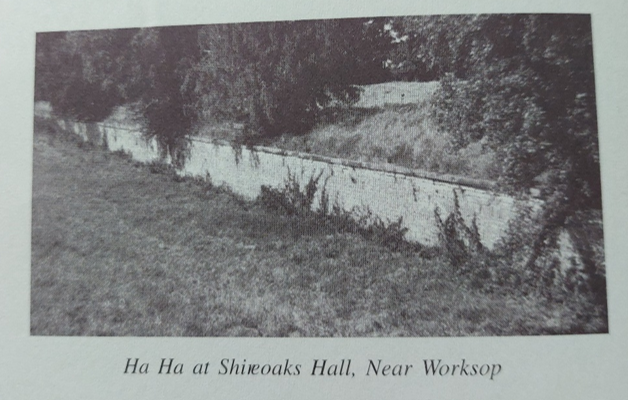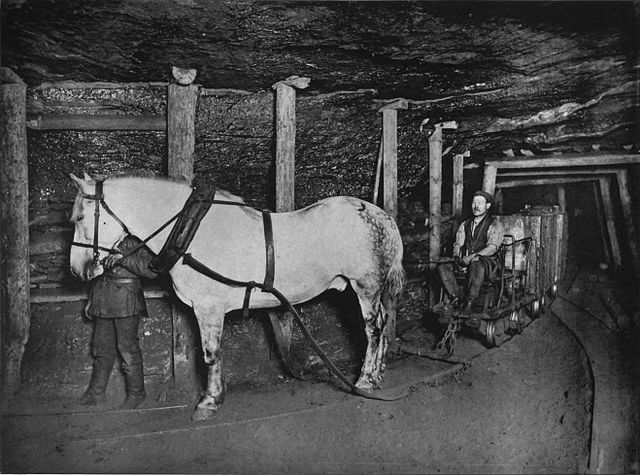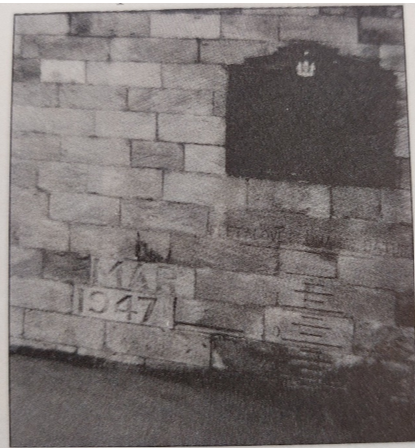A Year in the Historic Environment Record
- Posted in:
- HER
This year has been an exciting and successful year for the HER and the Historic Environment team at Nottinghamshire County Council.
Throughout 2024 we have added over 350 new sources to the HER. This has resulted in around 380 archaeological events and over 500 new archaeological features being recorded. Some of the new records added this year were the mid-19th century Whiteley Silk Mill in Stapleford, an Anglo-Saxon burial in Bingham, a Late Iron Age – Early Romano British settlement at Radcliffe-on-Trent, and prehistoric to Post-Medieval mixed finds from King John’s Palace in Clipstone.
On top of this, over 720 previously recorded features have been modified to be more accurate and more detailed. Edited records included: former Coffee Tavern and Institute in Hucknall, Forest Town in Mansfield Woodhouse, a series of Late Iron-Age to Roman enclosures at Aslockton, and Newark Castle.
Within the wider heritage team, we sadly saw the retirement of our Senior Archaeological Practitioner Ursilla in the first half of 2024. With that, our new Senior Practitioner Matt started with us in July. Matt joined us from Lincolnshire County Council and brings a wonderful wealth of experience to the heritage team. We are very lucky to have Matt as part of our team!
This year also saw the end of a large-scale project called Miner2Major, with which we had a strong involvement. ‘Miner2Major was a five-year Landscape Partnership Scheme supported by The National Lottery Heritage Fund. It focussed on the heart of the Sherwood Forest area from Bestwood to Ollerton, and Mansfield to Rufford Abbey, an area that has a distinctive landscape character which is recognised and valued by local people as well as visitors from around the world’ (Miner2Major website, 2024).
Across the years of the Miner2Major scheme, our team helped to oversee archaeological projects at Sherwood Pines, Strawberry Hill, and Moor Pond Woods, and also ‘commissioned a 0.16m resolution LiDAR map’ of the Sherwood landscape (available through the 'Map' section of our website). To find out more, you can visit ‘The Veiled Landscape Project’ website pages on the Miner2Major website, as well as our own website.
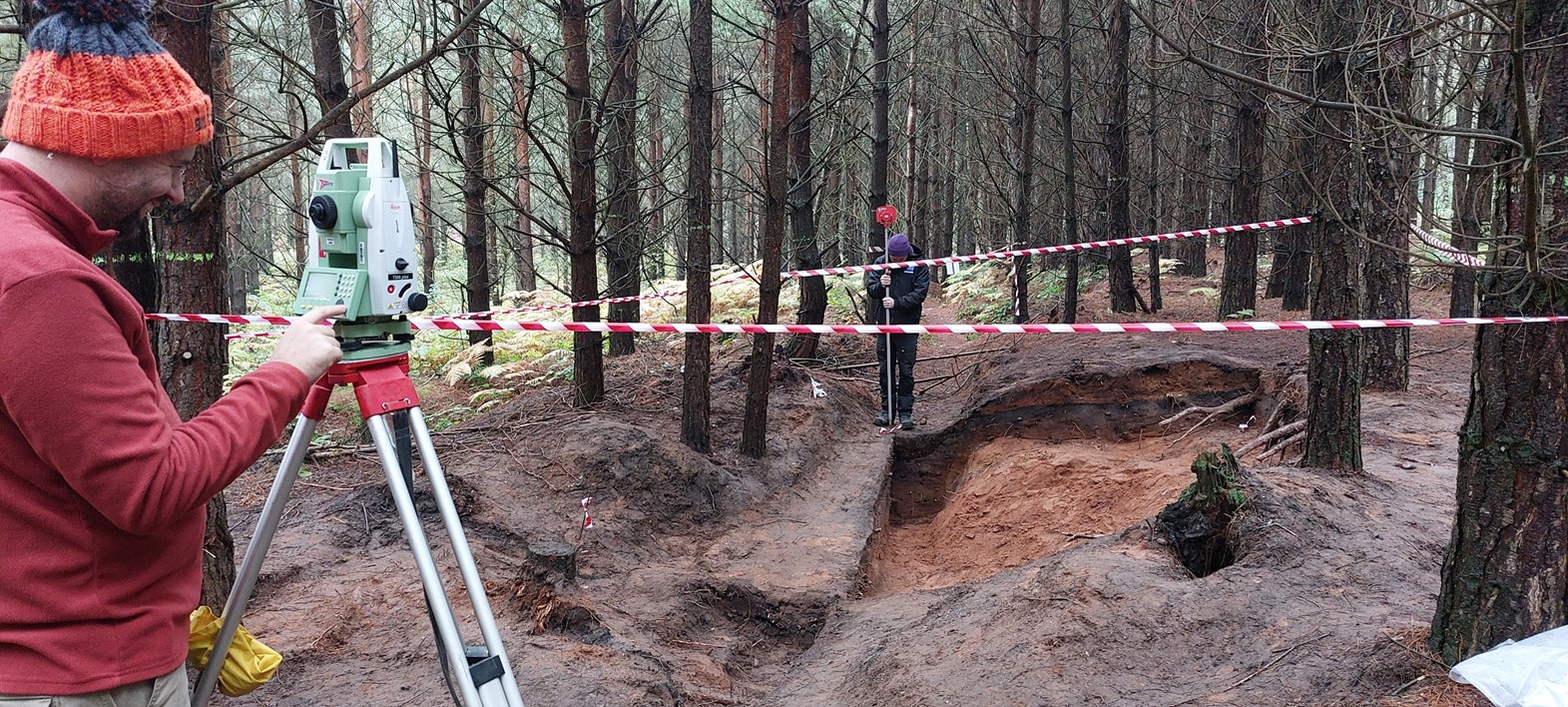
(Above: Excavations at Sherwood Pines)
Under the bracket of the M2M project, our Historic Environment Officer Janine published two equestrian themed books: ‘Country House Stables of Nottinghamshire’ and ‘Colliery Stables & the Nottinghamshire Pit Pony’. Based on these books, Janine has hosted many public outreach events this year at Rufford Abbey and several Nottinghamshire libraries. These books are available free of charge in larger Nottinghamshire libraries, and The Book Case bookshop in Lowdham and Five Leaves bookshop in Nottingham (while stocks last). They are also available to download as e-books. You can read 'Country House Stables of Notitnghamshire' here and the 'Colliery Stables & the Nottinghamshire Pit Pony' here.
The results of Miner2Major projects provided us with over 50 archaeological features and events to add to our records and the results of historic buildings research and surveying also provided information to either add or improve over 50 historic building records. In 2024, we set about adding the information gleaned from Miner2Major project into the HER.
Our team is hoping to host many more public events and continue to maintain the HER to a high standard. Keep an eye out on our website in 2025 for event news, interesting blog posts, and new historical records!
